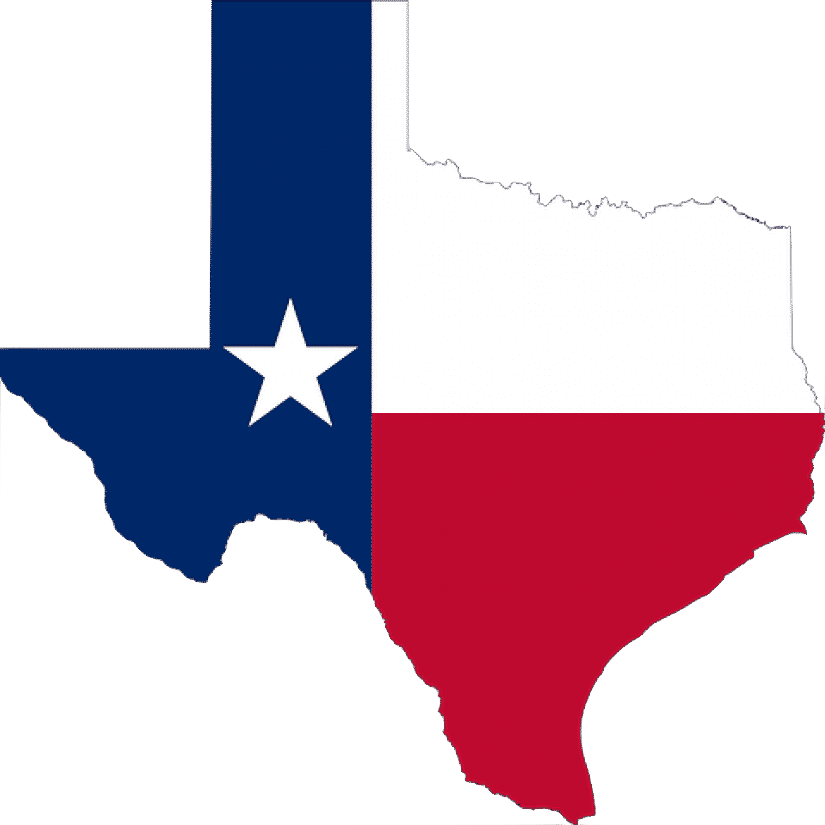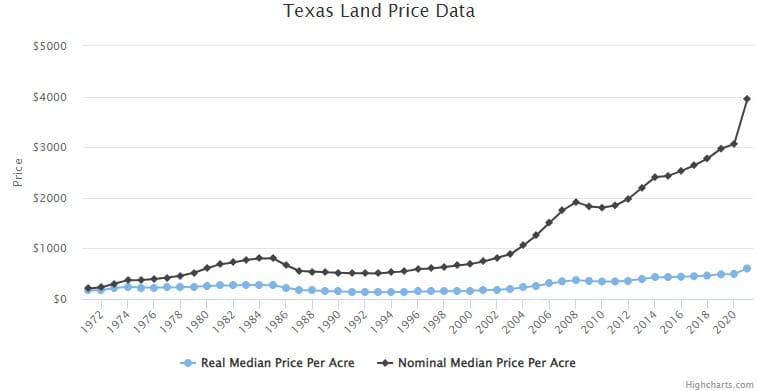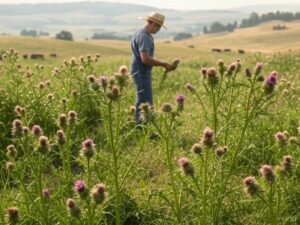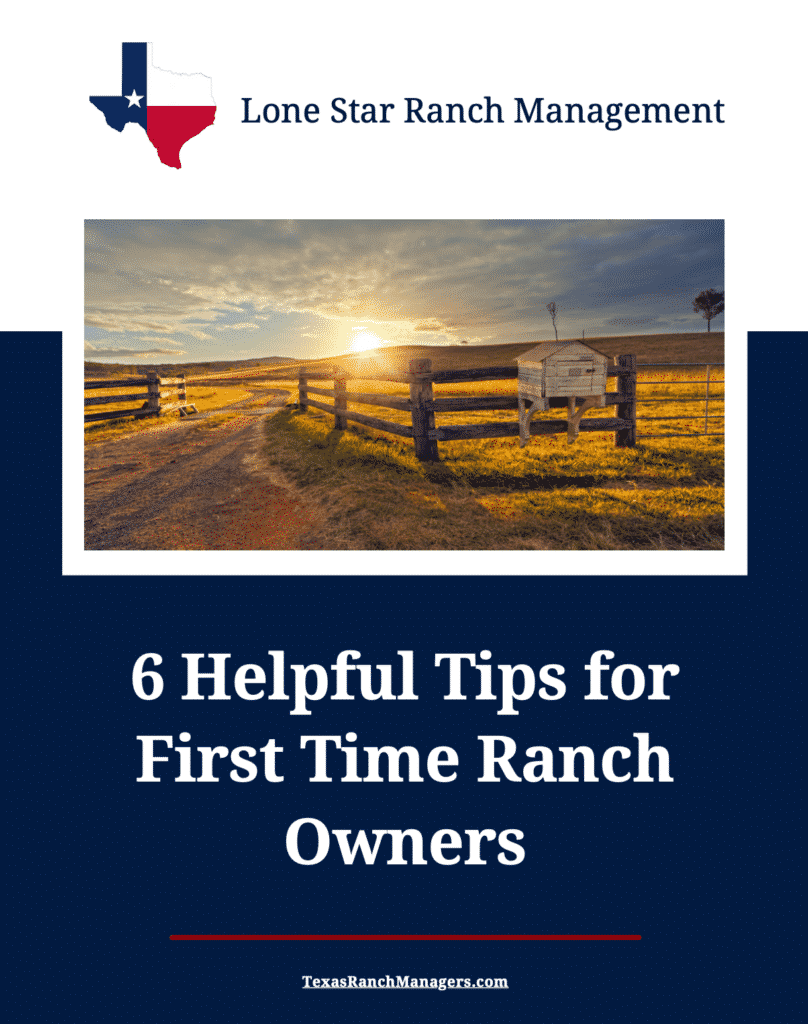Are you thinking about buying or selling rural land in Texas? If so, have you researched the history and trends in Texas rural land prices? Do you know what factors determine the price per acre? What is the current market in the Texas region where you want to buy or sell rural property?
These are all questions that Lone Star Ranch Management is here to help you with so that you can make informed decisions about purchasing or selling Texas rural land.
History of Texas Rural Land Prices
According to Texas A & M University’s Texas Real Estate Research Center’s website, prices across Texas for rural land have been steadily increasing over the years with the sharpest jump happening within the last 10 years. Thirty years ago in 1992, the nominal median price (middle face value without factoring in current or past market impacts) per acre statewide was $510. By the first quarter in 2022, the nominal median price per acre jumped up to $4,116. Furthermore, the 7 Regions of Texas historically have varied prices per acre.
Year | Nominal Median Price Per Acre Statewide | Region 1 | Region 2 | Region 3 | Region 4 | Region 5 | Region 6 | Region 7 |
| 1992 | $510 | $364 | $67 | $326 | $762 | $914 | $661 | $683 |
| 2002 | $816 | $425 | $124 | $450 | $1,365 | $1,450 | $1,099 | $1,194 |
| 2012 | $1,986 | $1,105 | $348 | $1,097 | $2,678 | $4,294 | $2,790 | $2,801 |
| 2022 | $4,116 | $1,342 | $1,400 | $2,003 | $7,001 | $8,863 | $4,925 | $6,341 |
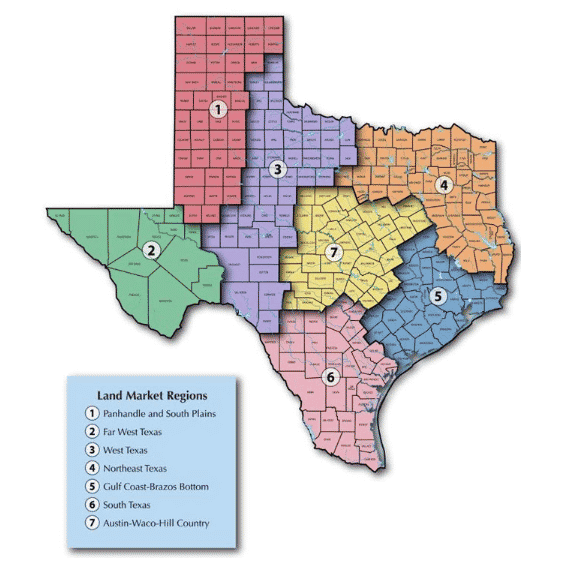
Factors that Determine Market Prices of Texas Rural Property
Once you understand the history of rural land prices in Texas, you should then begin to learn how specific factors will impact market prices.
LOCATION
As you can see from the table above, location has a major impact on prices of rural land. Where there is less rural land available as in Regions 4 and 5, the price per acre is about 5 to 6 times more than in Regions 1 and 2 where large parcels with over 1,000 acre tracts of rural land are available.
Then within each Region, prices per acre will vary depending on the land’s proximity to cities, transportation resources, water sources, and recreational resources. On the outskirts of a major city such as Houston or Dallas, the cost will be on the higher end because opportunities to purchase several acres of land are hard to find which drives up market value. If you want to own large tracts of land near a recreational hot zone like Sam Rayburn Lake or Toledo Bend Lake, you will also pay a more premium price.
USE
Another factor that will have an impact on the price you will pay for rural land is how it will be used. If an area is expanding and needs to build more housing, schools, and businesses, then the price per acre will increase.
People from outside of Texas are moving to the Lone Star State for retirement and the growing economy. This is causing land prices to increase as the inventory of rural land decreases, especially in the Northeast and Gulf Coast areas.
If you are looking to purchase rural land for hunting leases, ranching, or farming, you could most likely negotiate lower prices in less populated locations.
MINERALS
When buying and selling property, you must determine who owns the mineral rights for the land. If you are selling rural land that includes the rights to potential minerals, you can expect buyers to pay more. If minerals such as oil have already been found on the property, then you will need to have a professional valuation completed to determine the price per acre.
If the property is not being sold with mineral rights (most common), the local market will determine price.
FLOODING
Living close to water sources is valuable to people who want to have ranches and farms. So, in West Texas or the Panhandle, you might pay more for rural land with natural water sources (e.g., lakes, rivers, streams).
However, if the acreage is prone to flooding like around the Sabine River or certain areas along the Guadalupe River, then the market value will decrease below the average price because its usability is limited.
ROAD ACCESS
One of the last factors that will help to determine the price of rural land in Texas will be road access. Property that has no current road access and must be granted access to the property from a surrounding property owner will be priced much lower than the average cost per acre.
If the property has road access, then the next element to consider will be, is the road maintained by a private owner, the city, the county, or the state. Typically, rural property that has road access owned and maintained by a public entity will garner a slightly higher price because you are not having to deal with individuals.
Furthermore, well maintained, paved roads bring in the higher price. Poorly maintained dirt roads with large ruts and potholes give a negative impression and can negatively impact a seller’s price per acre.
Are You Ready to Buy or Sell Rural Land in Texas?
If market trends continue on the same path, the cost to purchase rural property in Texas will continue to increase significantly. In addition, locating large tracts of land will decrease as Texas’s population and economy grow.
If you are ready to take the leap towards becoming the owner of rural land, or if you are ready to sell your rural property, contact Lone Star Ranch Management at 979-253-9662 or at ryan@texasranchmanagers.com. We will be happy to answer your questions and guide you along the way.
Additional Resources
Texas Rural Land Prices – Texas Real Estate Research Center (tamu.edu)
